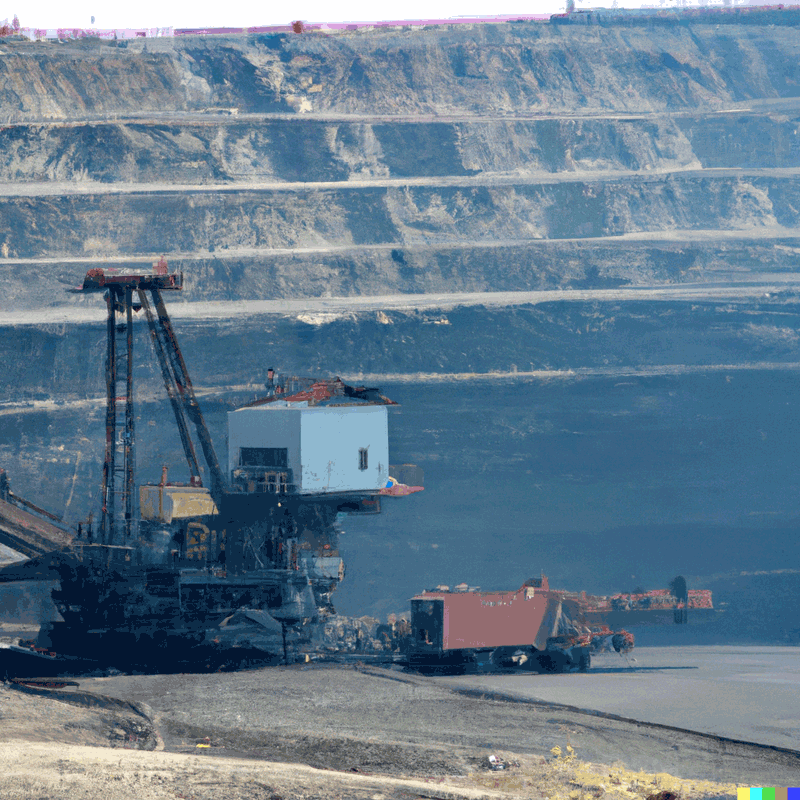The fate of a controversial gold mining project in French Guiana, jointly operated by Russia and Canada, hangs in the balance as Paris deliberates on its environmental and social implications. The Montagne d’Or gold mine, situated in the lush rainforests of French Guiana, has sparked fierce debates over the potential economic benefits versus the ecological and cultural risks associated with the project. As the French government prepares to make a decision, the outcome could set a precedent for balancing economic development with environmental preservation.
The Montagne d’Or project, a joint venture between Russia’s Nordgold and Canada’s Columbus Gold, aims to establish an open-pit gold mine that could potentially yield around 275,000 ounces of gold annually. While proponents argue that the mine could contribute to economic growth and job creation in French Guiana, critics point out significant concerns regarding its environmental impact, potential for deforestation, and threat to local Indigenous communities and their cultural heritage.
The proposed mine’s location in the heart of French Guiana’s biodiversity-rich rainforest has raised alarm bells among environmentalists. The region is known for its unique ecosystems, high levels of biodiversity, and important role in mitigating climate change. Critics fear that the mine’s operations could lead to deforestation, water pollution, habitat destruction, and the displacement of local wildlife.
Moreover, Indigenous communities, particularly the Wayana and Aluku peoples, have expressed concerns about the potential for land expropriation, disruption of their traditional way of life, and damage to culturally significant sites. The mine’s proximity to the Maroni River, a crucial water source, raises worries about its contamination and impact on the livelihoods of local communities who depend on the river for sustenance.
The French government, which has regulatory authority over projects in its overseas territories like French Guiana, holds the key to the Montagne d’Or mine’s fate. The decision-making process involves careful consideration of environmental, social, economic, and legal factors. The government must weigh the potential economic benefits against the possible risks and negative consequences.
This decision holds implications beyond the Montagne d’Or project itself. It will signal France’s commitment to sustainable development, environmental protection, and the rights of Indigenous communities. The outcome could influence similar projects in other regions, shaping the direction of resource extraction and conservation efforts in French overseas territories.
The Montagne d’Or case exemplifies the global challenge of balancing economic growth and resource extraction with environmental preservation and social responsibility. As nations strive to develop their economies, they face the complex task of ensuring that development initiatives do not come at the cost of irreparable damage to ecosystems, cultural heritage, and marginalized communities.
Sustainable development practices that integrate environmental safeguards, community engagement, and responsible resource management are increasingly being emphasized as the way forward. Governments and corporations are under growing pressure to adhere to international standards, respect Indigenous rights, and mitigate the potential negative impacts of development projects.
The decision regarding the Montagne d’Or gold mine in French Guiana serves as a microcosm of the broader global dilemma between economic aspirations and environmental conservation. While the prospect of economic growth is enticing, it must be approached with caution to prevent irreversible damage to delicate ecosystems and Indigenous cultures. The French government’s decision in Paris will not only influence the future of this particular gold mine but also shape the trajectory of sustainable development, environmental protection, and social justice in French overseas territories and beyond.










